1. Hoelscher DC, Neme AML, Pink FE, Hughes PJ. The Effect of three finishing systems on four esthetic restorative materials. Oper Dent. 23:36–42. 1998.
2. Turkun LS, Turkun M. The effect of one-step polishing system on the surface roughness of three esthetic resin composite materials. Oper Dent. 29:203–211. 2004.
3. Joint SB, Gregoire GL, Auther AM, Roques YM. Three-dimensional optical profilometry analysis of surface states obtained after finishing sequences for three composite resins. Oper Dent. 25:311–315. 2000.
4. Yap AUJ, Yap SH, Teo CK, Ng JJ. Comparison of surface finish of new aesthetic restorative materials. Oper Dent. 29:100–104. 2004.
5. 이재 용, 신동 훈. 전∙구치 겸용 혼합형 복합레진의 두 가지 연 마법에 따른 표면조도. 대한치과보존학회지. 28:369–377. 2003.
6. Yap AUJ, Yap SH, Teo CK, Ng JJ. Finshing/polishing of composite and compomer restoratives: effectiveness of one-step systems. Oper Dent. 29:275–279. 2004.
7. Fruits TJ, Miranda FJ, Coury TL. Effects of equivalent abrasive grit sizes utilizing different polishing motions on selected restorative materials. Quint Int. 27:279–285. 1996.
8. Filho NH, D’Azevedo MTFS, Nagem HD, Marsola FP. Surface roughness of composite resins after finishing and polishing. Braz Dent J. 14:37–41. 2003.
9. Roeder LB, Tate WH, Powers JM. Effect of finishing and polishing procedures on the surface roughness of packable composites. Oper Dent. 25:534–543. 2000.
10. Turssi CP, Saad JRC, Duarte SLL, Rodrigues AL. Composite surfaces after finishing and polishing techniques. Am J Dent. 13:136–138. 2000.
11. Lu H, Roeder LB, Powers JM. Effect of polishing systems on the surface roughness of microhybrid composites. J Esthet Restor Dent. 15:297–304. 2003.

12. Ryba TM, Dunn WJ, Murchison DF. Surface roughness of various packable composites. Oper Dent. 27:243–247. 2002.
13. Tate WH, Powers JM. Surface roughness of composites and hybrid ionomers. Oper Dent. 21:53–58. 1996.
14. Reis AF, Giannini M, Lovadino JR, dos Santos Dias CT. The effect of six polishing systems on the surface roughness of two packable resin-based composites. Am J Dent. 15:193–197. 2002.
15. Setcos JC, Tarim B, Suzuki S. Surface finish produced on resin composites by new polishing systems. Quint Int. 30:169–173. 1999.
16. Erhardt MCG, Magalhaes CS, Serra MC. The effect of rebonding on microleakage of class V aesthetic restorations. Oper Dent. 27:396–402. 2002.
17. May KN Jr, Swift EJ Jr, Wilder AD, Futrell SC. Effect of a surface sealant on microleakage of Class V restorations. Am J Dent. 9:133–136. 1996.
18. Doray PG, Eldiwany MS, Powers JM. Effect of resin surface sealers on improvement of stain resistance for a composite provisional material. J Esthet Restor Dent. 15:244–250. 2003.

19. Kawai K, Leinfelder KF. Effect of surface penetrating sealant on composite wear. Dent Mater. 9:103–113. 1993.
20. Ramos RP, Chinelatti MA, Chimello DT, Dibb RGP. Assessing microleakage in resin composite restorations rebonded with a surface sealant and three low-viscosity resin systems. Quint Int. 23:450–456. 2002.
21. Ramos RP, Chimello DT, Chinelatti MA, Dibb RGP, Mondelli J. Effect of three surface sealants on marginal sealing of class V composite resin restorations. Oper Dent. 25:448–453. 2000.
22. Dickinson GL, Leinfelder KF. Assessing the long-term effect of a surface penetrating sealant. J Am Dent Assoc. 124:68–72. 1993.

23. Garman TA, Fairhurst CW, Heuer GA, Williams HA, Beglau DL. A comparison of glazing materials for composite restorations. J Am Dent Assoc. 95:950–956. 1977.

24. 조영 곤, 최희 영. 복합레진 수복물의 변연 미세누출에 관한 BiscoverTM 전색제의 효과. 대한치과보존학회지. 30:355–364. 2005.
25. Barghi N, Alexander C. A new surface sealant for polishing composite resin restorations. Compend Contin Educ Dent. 24:30–33. 2003.
26. Suh BI. A new resin technology: a glaze/composite sealant that cures without forming an oxygen-inhibited layer. Compend Contin Educ Dent. 24:27–29. 2003.
27. Teixeira EC, Thompson JL, Jeffrey RP, Thompson JY. In vitro toothbrush-dentifrice abrasion of two restorative composites. J Esthet Restor Dent. 17:172–180. 2005.

28. Wang L, Garcia FC, Amarante de Araujo P, Franco EB, Mondelli RF. Wear resistance of packable resin composites after simulated toothbrushing test. J Esthet Restor Dent. 16(5):303–314. 2004.

29. van Dijiken JW, Ruyter IE. Surface characteristics of posterior composites after polishing and toothbrushing. Acta Odonto Scandia. 45:337–346. 1984.
30. van Dijiken JW, Stadigh J, Meurman JH. Appearance of finished and unfinished composite surface after toothbrushing. A scanning electron microscopy study. Acta Odonto Scandia. 41:377–383. 1983.
31. Margio L, Rizzi M, La Torre G. 3-D surface profile analysis: different finishing methods for resin composites. Oper Dent. 26:562–568. 2001.
32. Jung M, Voit S, Klinek J. Surface geometry of three packable and one hybrid composite after finishing. Oper Dent. 28:53–59. 2003.
33. Bertrand MF, Leforestier E, Muller M, Lupi-Pegurier L, Bolla M. Effect of surface penetrating sealant on surface texture and microhardness of composite resins. J Biomed Mater Res. 53:658–663. 2000.

34. De Wet FA, Ferreira MR. The durability of dental glazes. J Prosthe Dent. 44:300–306. 1980.





 PDF
PDF ePub
ePub Citation
Citation Print
Print


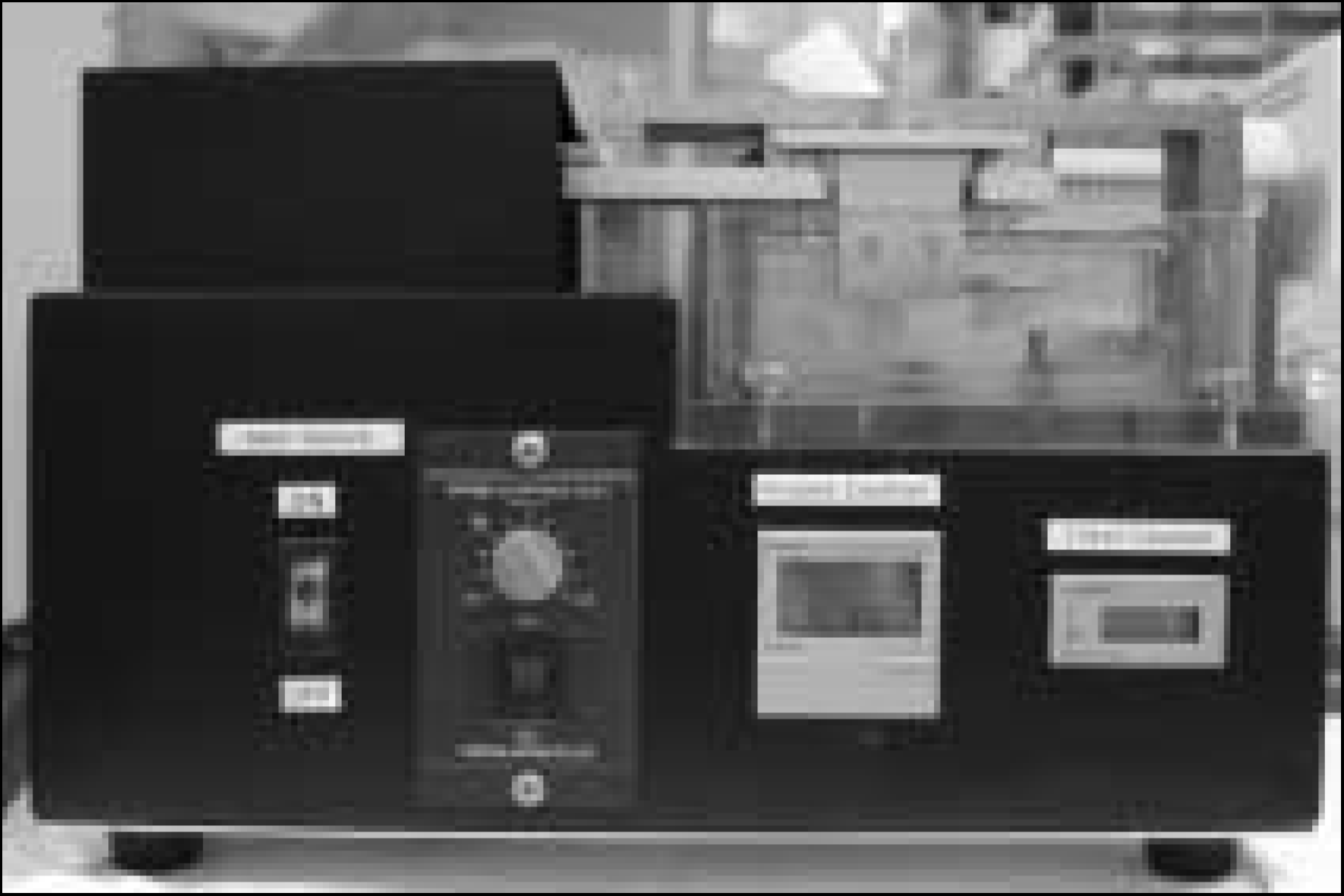
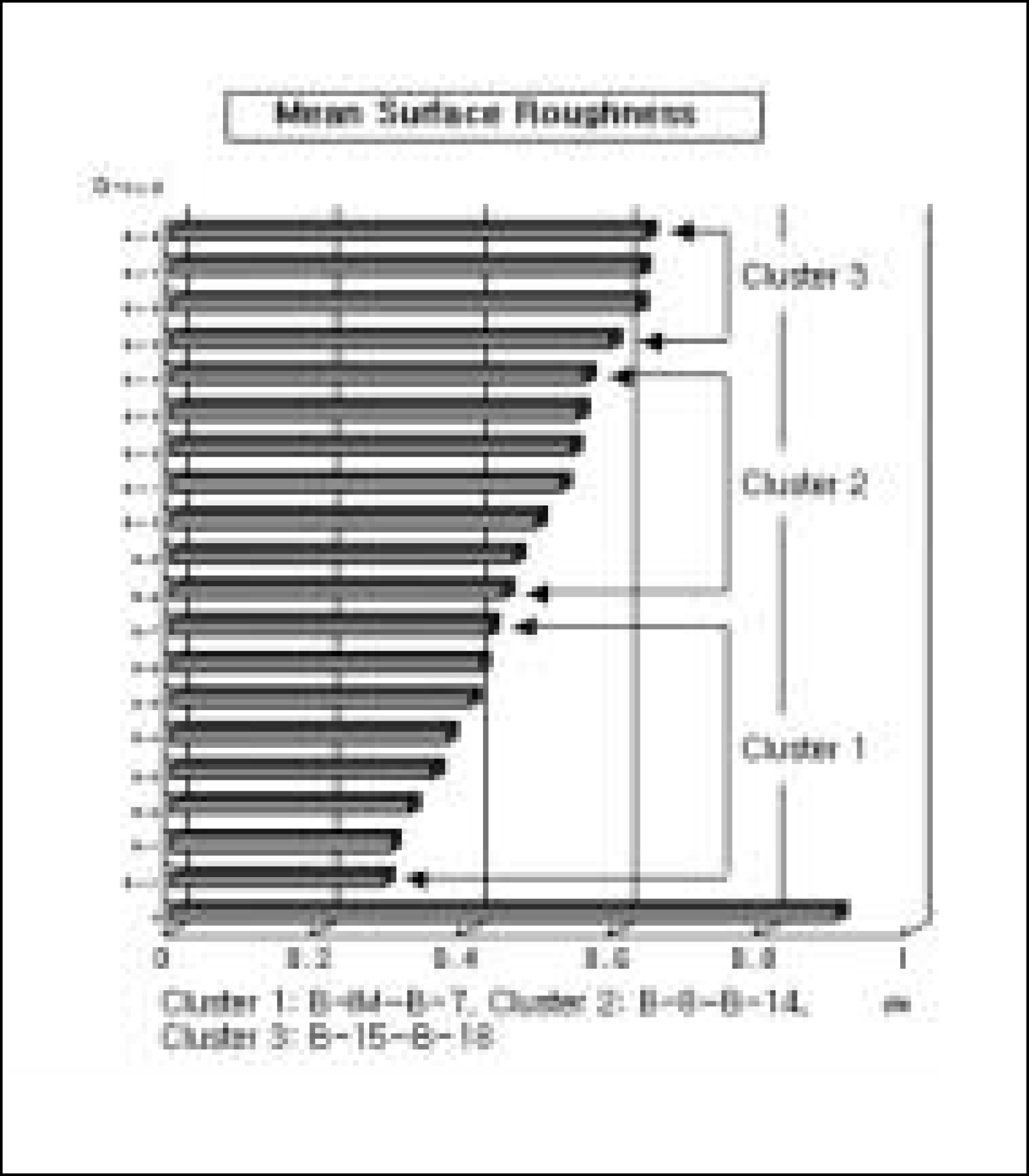
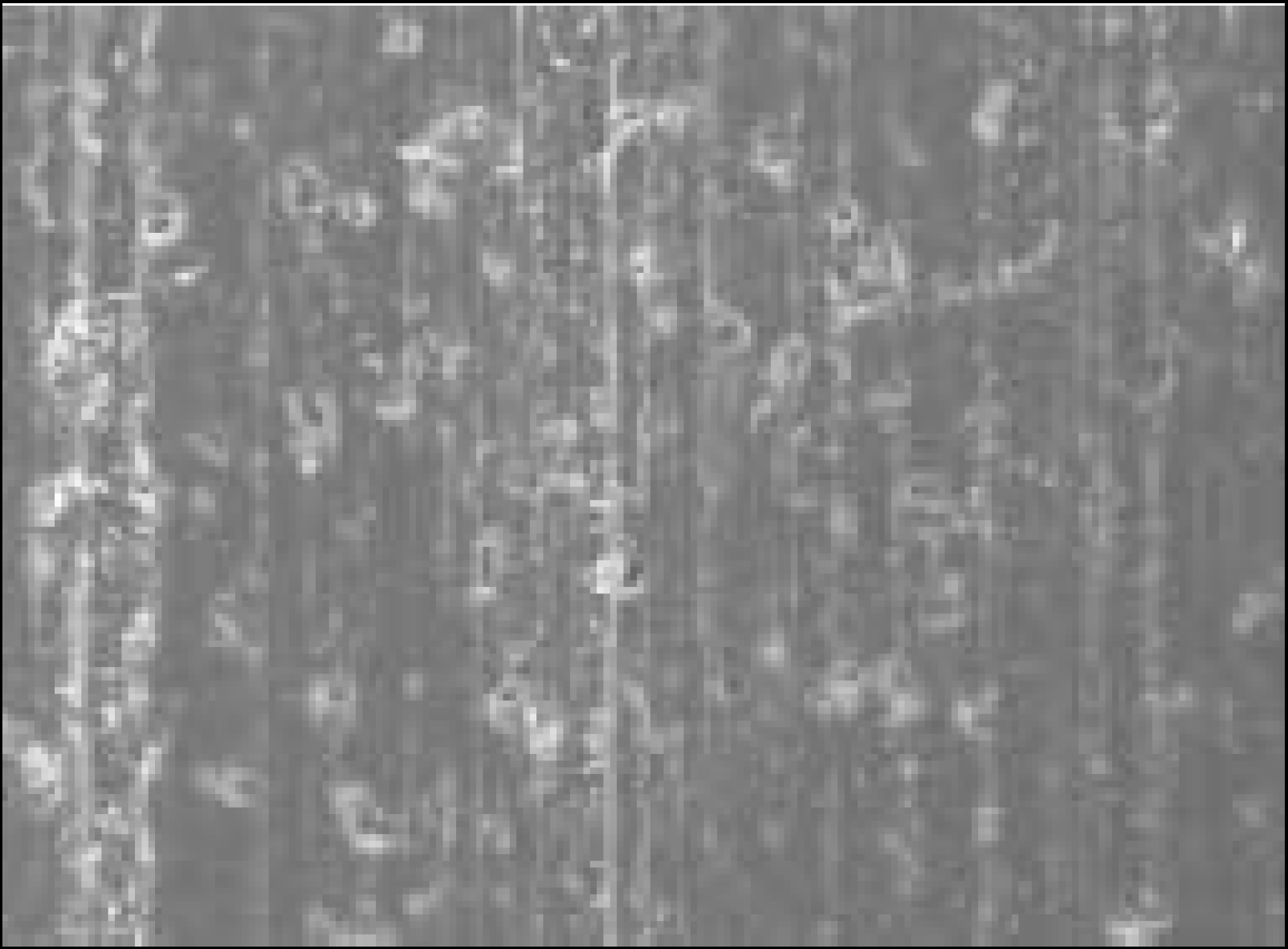
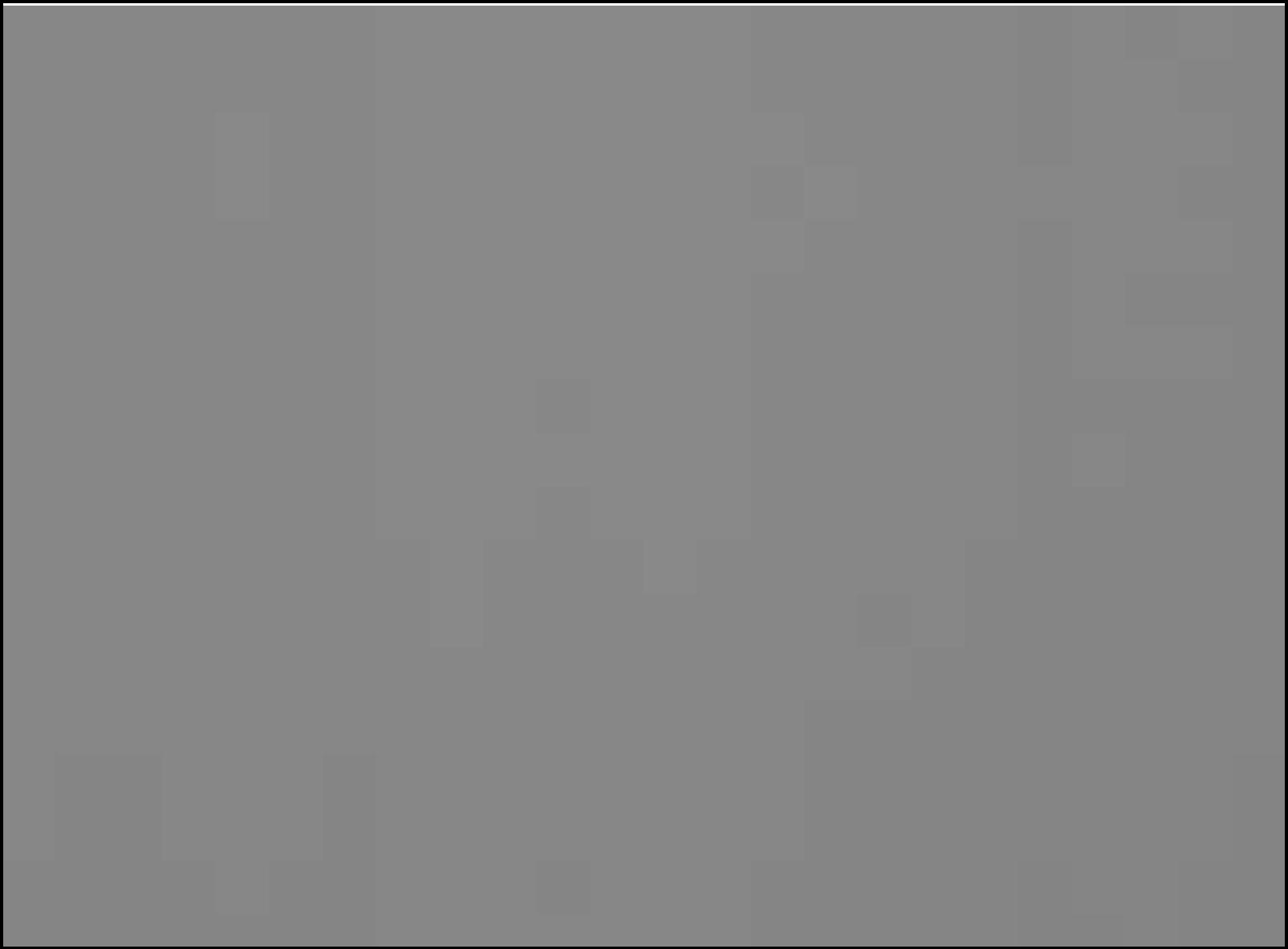
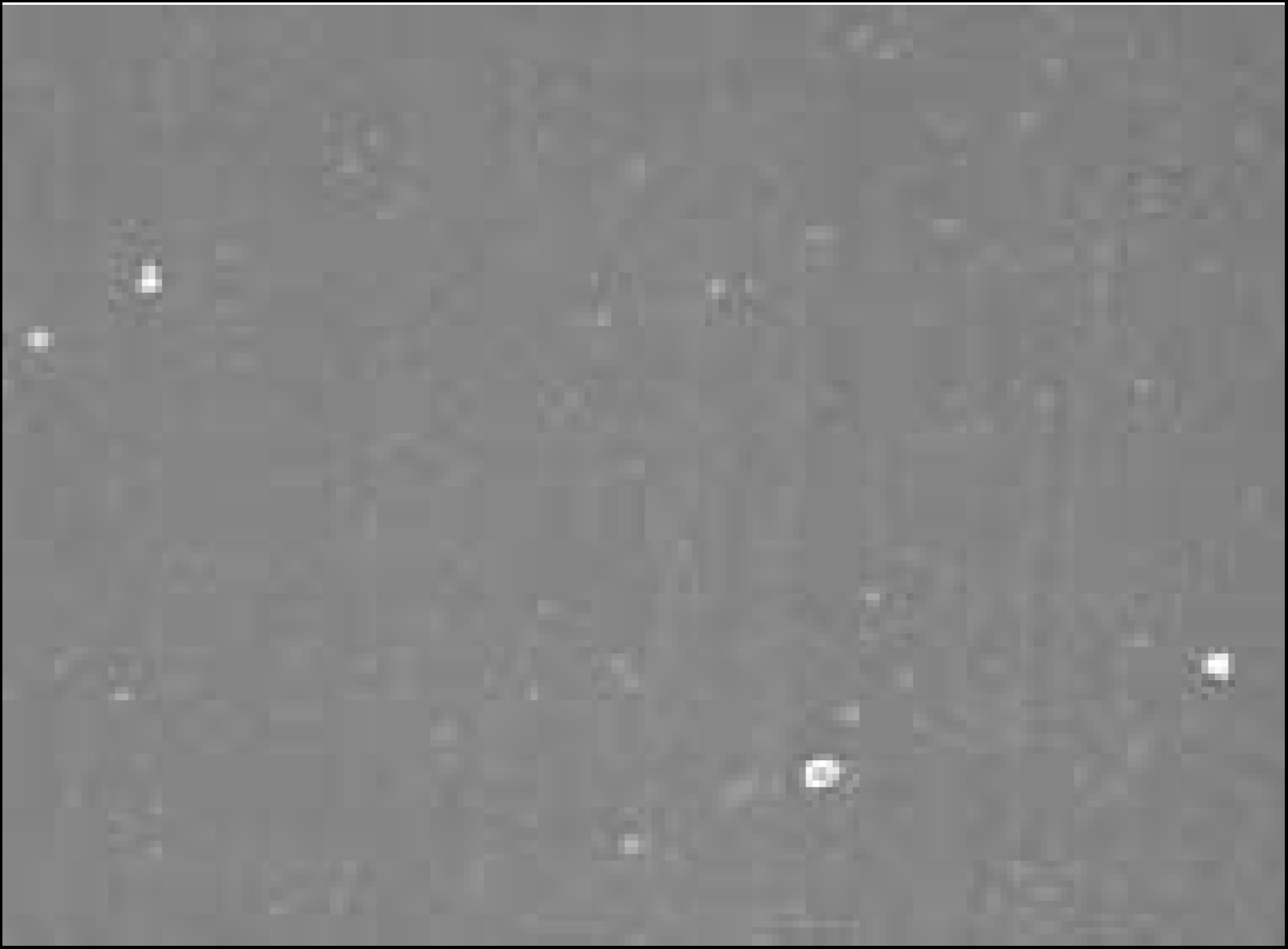
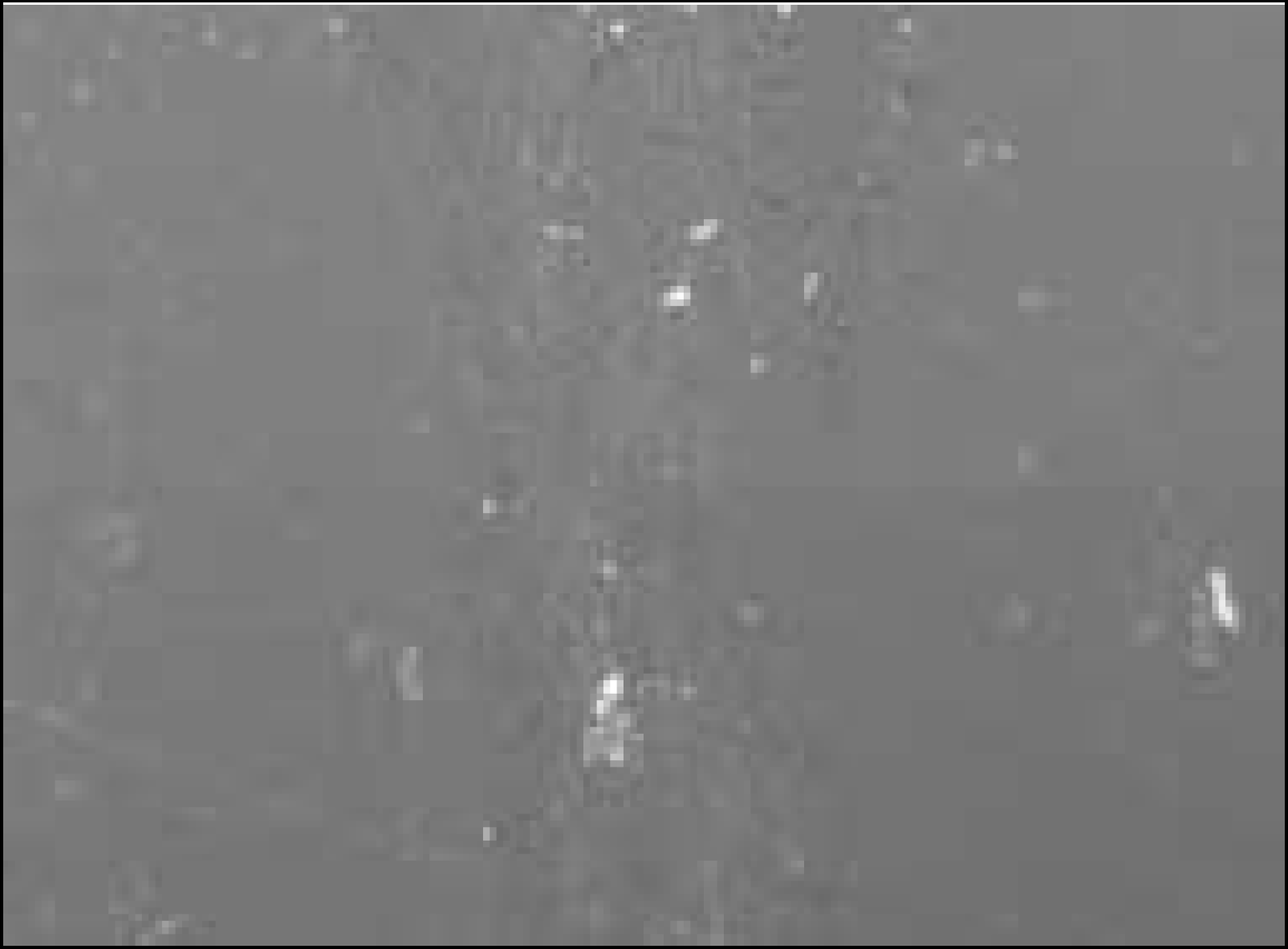
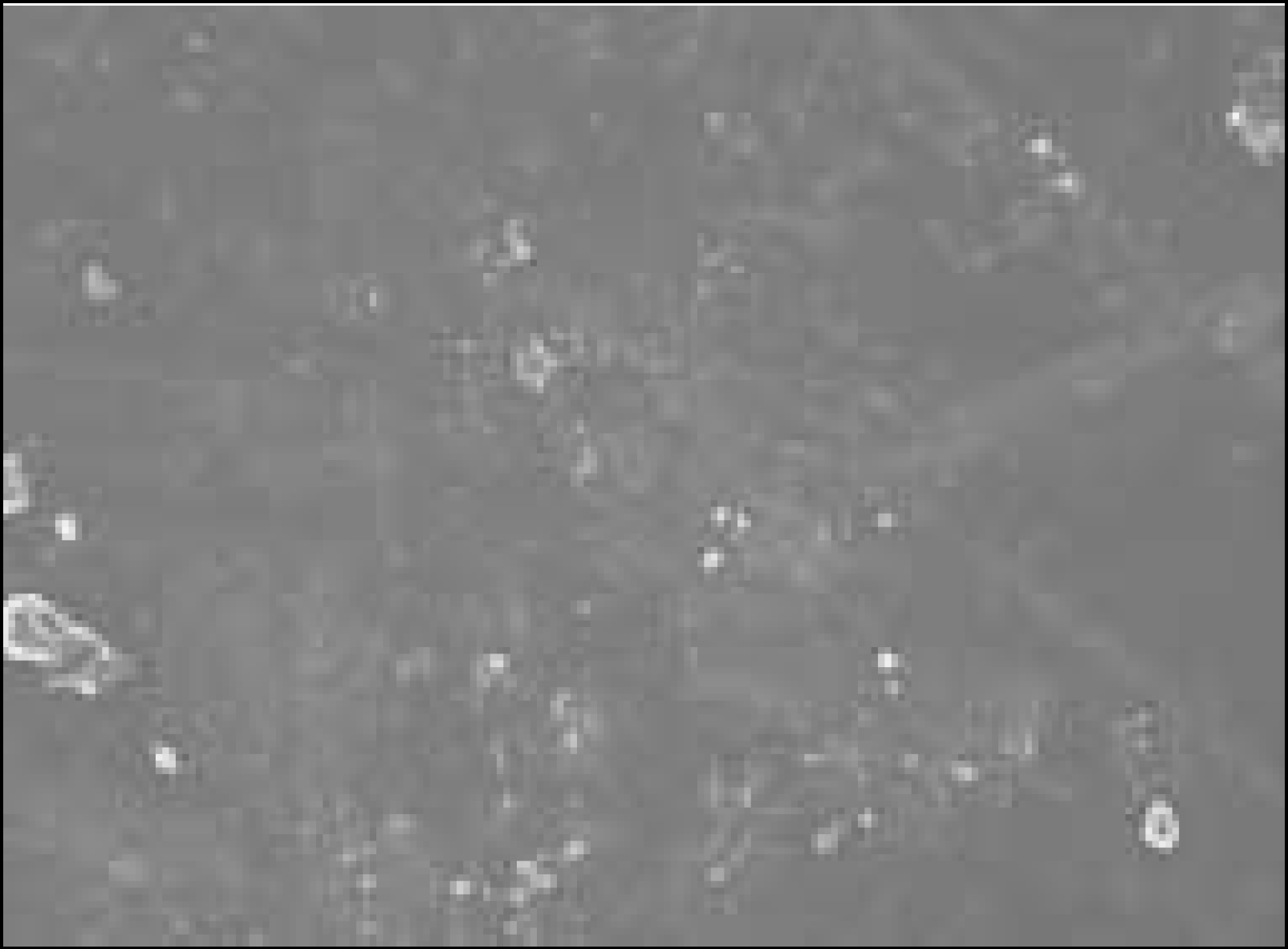
 XML Download
XML Download